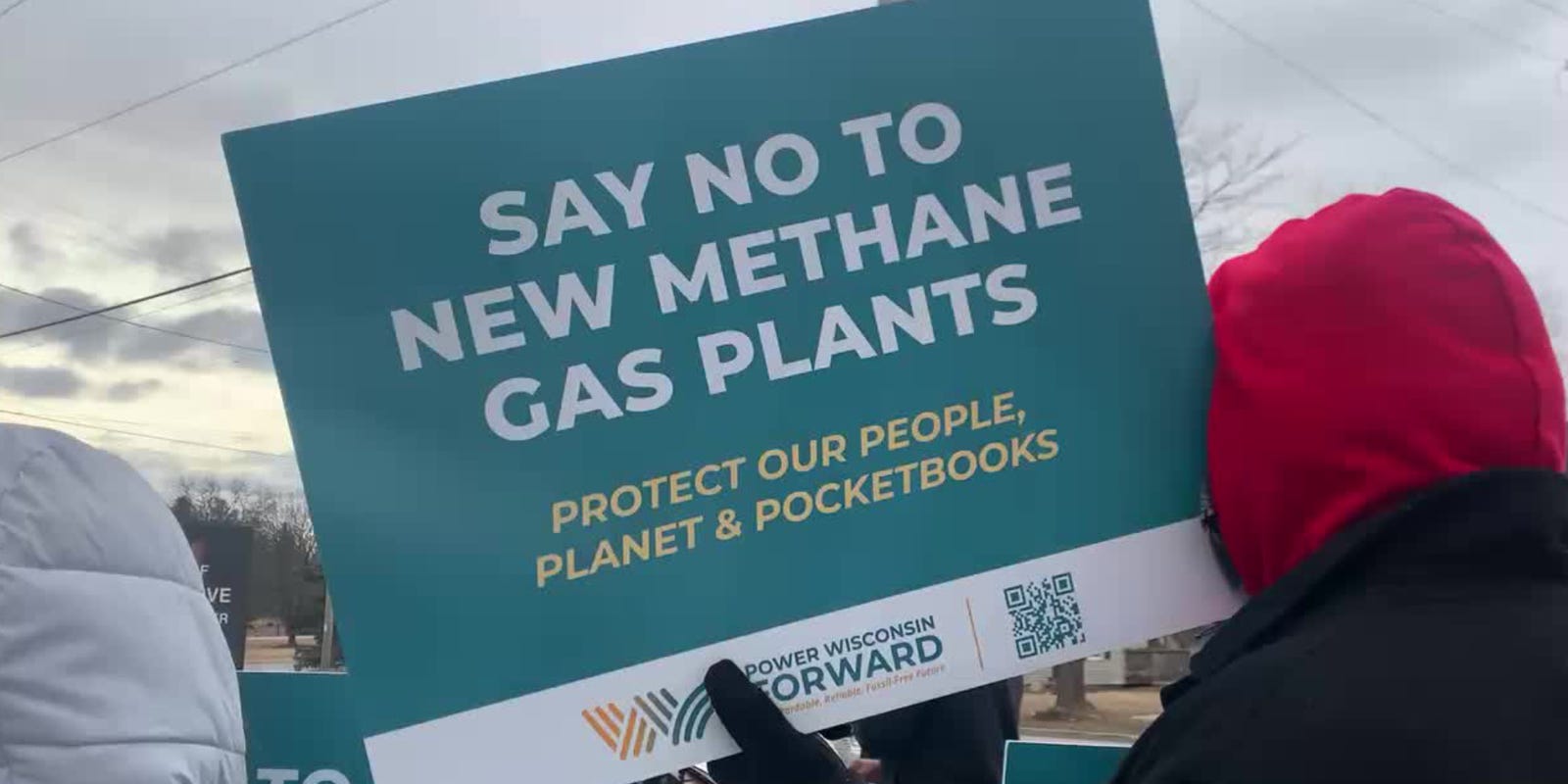Green Activists Sound Alarm: We Energies' Gas Plant Expansion Sparks Environmental Showdown

A Balancing Act: We Energies' Natural Gas Plants Spark Economic and Health Debates in Town of Paris
The proposed natural gas power plants by We Energies in the Town of Paris are stirring a complex conversation about economic opportunity and potential environmental health risks. While the project promises to inject new life into the local economy through job creation, residents and environmental advocates are raising concerns about the potential long-term health implications.
The planned facilities are expected to generate significant employment opportunities, offering hope for local workers seeking stable, well-paying jobs in an evolving energy landscape. Construction alone could provide hundreds of temporary positions, with additional permanent roles created once the plants become operational.
However, the potential health impacts cannot be overlooked. Nearby residents and environmental experts warn that natural gas plants can release harmful emissions, including particulate matter and greenhouse gases that may pose risks to respiratory health and contribute to broader climate change challenges.
Local officials are caught in a delicate balance, weighing the economic benefits against potential environmental and health concerns. Community meetings and environmental impact studies are crucial next steps in determining the project's ultimate fate.
As the debate continues, one thing remains clear: the Town of Paris stands at a critical crossroads, where economic development and environmental stewardship must find a sustainable path forward.

